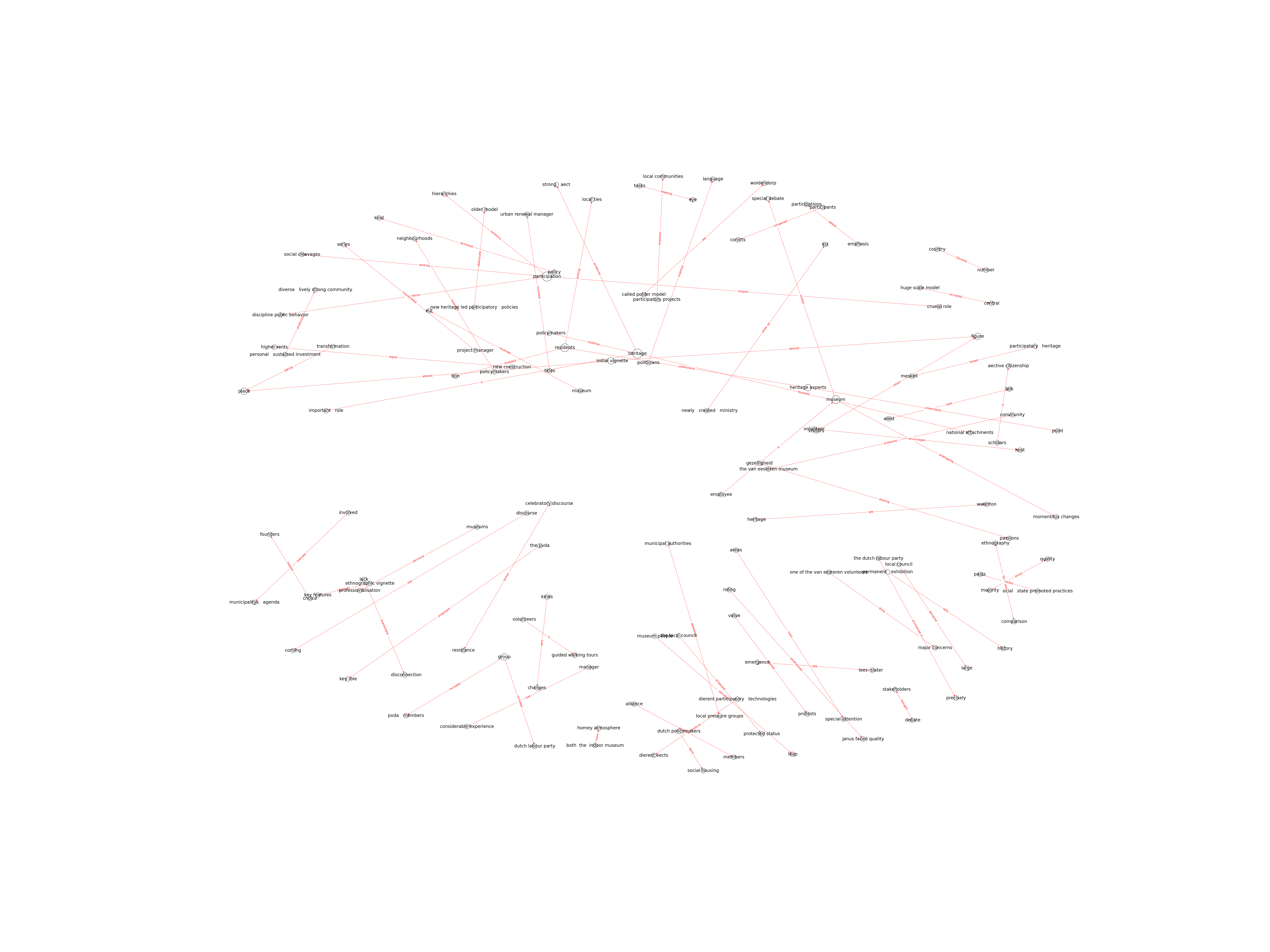| Id | 140 | |
| Author | Beeksma, A., ; Chiara , D., C. | |
| Title | Participatory heritage in a gentrifying neighbourhood: Amsterdam’s Van Eesteren Museum as affective space of negotiations | |
| Reference | Beeksma, A. & Chiara, D.C. (2019) Participatory heritage in a gentrifying neighbourhood: Amsterdam’s Van Eesteren Museum as affective space of negotiations. International Journal of Heritage Studies, Volume 25 (9), 974-991 |
|
| Keywords | Participation; Neighbourhood museums; Local government; Governmentality; State-led gentrification; Heritage of modernism |
|
| Link to article | https://doi.org/10.1080/13527258.2018.1509230 |
|
| Abstract | In this article we analyse the Van Eesteren Museum as a technique of local governmentality. This small but growing institution aims to preserve and showcase the modernist urban planning and architecture of the disadvantaged Amsterdam neighbourhood of Slotermeer. Built on volunteers, residents' participation played a crucial role in its creation and still does in its day-to-day operation. While many see the museum as a bottom-up project, upon closer inspection, this participatory heritage project appears more ambivalent, effectively functioning as a platform for mediating conflicting interests and agendas in an urban context that is heavily shaped by local and national policies of urban renewal. This neighbourhood museum responds to a specific Dutch policy of state-led gentrification aimed at promoting social control while actually (unintentionally) producing social cleavages. Only a very specific and rather homogenous group of residents volunteer for the museum, other residents with more diverse backgrounds do not really participate. While the Van Eesteren Museum is rooted in this specific Dutch context, we argue that it points to the relevance of heritage to a new rationality of decentralised local governance based on producing caring' and feeling' citizens. |
|
| Metodology | Ethnographic fieldwork: the authors conducted participant observation in and around the museum, going on guided tours and attending museum events like openings, talks and in-house meetings. They carried out ca. ten semi-structured interviews with both the current and the former director, several museum volunteers and employees, founding members, policymakers and politicians, and employees of the municipality heritage agency. Furthermore, they circulated a survey among the museum volunteers during one of their meetings, to which 16 people responded. |
Technique | Interview; Questionnaire; Observation; Visits |

Note: Due to lack of computing power, results have been previously created and saved in database


